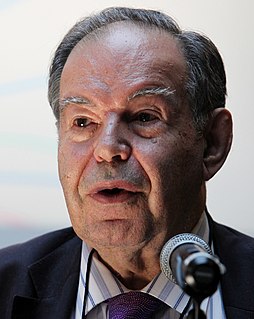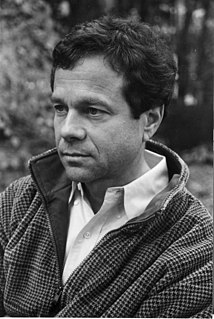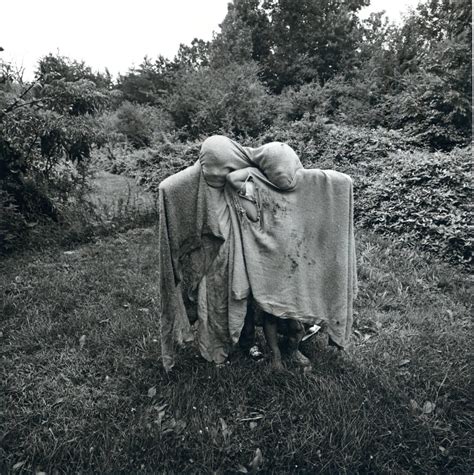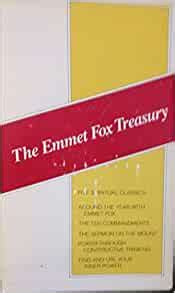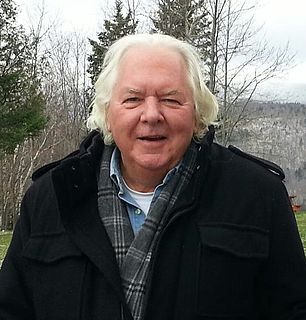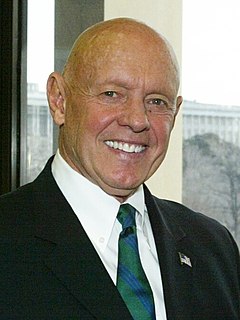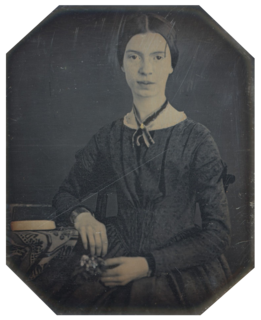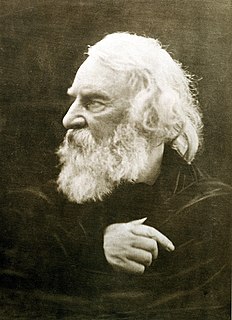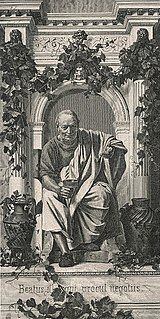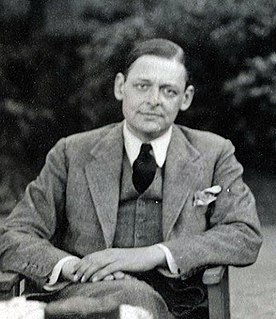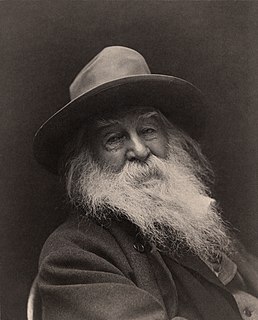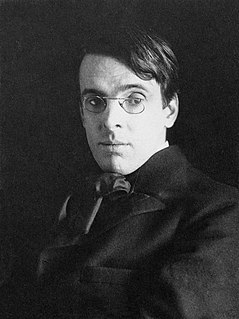A Quote by Emma Restall Orr
The way we see the world is not actually the world in itself. What we see is our idea of it. The truth is, we have no notion of what the world is other than through the veils of our perception.
Related Quotes
The relationship between science and the humanities is two-way. Science changes our view of the world and our place in it. In the other direction, the humanities provide the store of ideas and images and language available to us in understanding the world. The exploding star of A.D. 1054, the Crab Nebula, was sighted and documented by the Chinese, but nowhere mentioned in the West, where the Aristotelian notion of the immortality of stars still held sway. We often do not see what we do not expect to see.
Our world does not exist from its own side--like a dream world, it is a mere appearance to our mind. In dreams we can see and touch our dream world, but when we wake up we realize that it is simply a projection of our mind and had no existence outside our mind. In the same way, the world we see when we are awake is simply a projection of our mind and has no existence outside our mind.
Kant, discussing the various modes of perception by which the human mind apprehends nature, concluded that it is specially prone to see nature through mathematical spectacles. Just as a man wearing blue spectacles would see only a blue world, so Kant thought that, with our mental bias, we tend to see only a mathematical world.
Remember, folks, every one of these Republicans in Senate sees the world through the eyes of the left. Every one of these Washington people. They don't see it through the prism of their own principles and beliefs. They see the world through the eyes of the left. They see the media criticism that will be forthcoming. They see the newspaper headlines. They see what's gonna be said about them on CNN and New York Times. That's what they see. That's their world.
I am fond of reminding my yoga students of the saying "It takes one to know one" when they become lost I condemnation and judgment of others. The world that we perceive is a reflection of our own states of mind and reveals our own level of consciousness. The world is little more than a Rorschach blot in which we see our own desire systems projected. We see what we want to see. (116)

